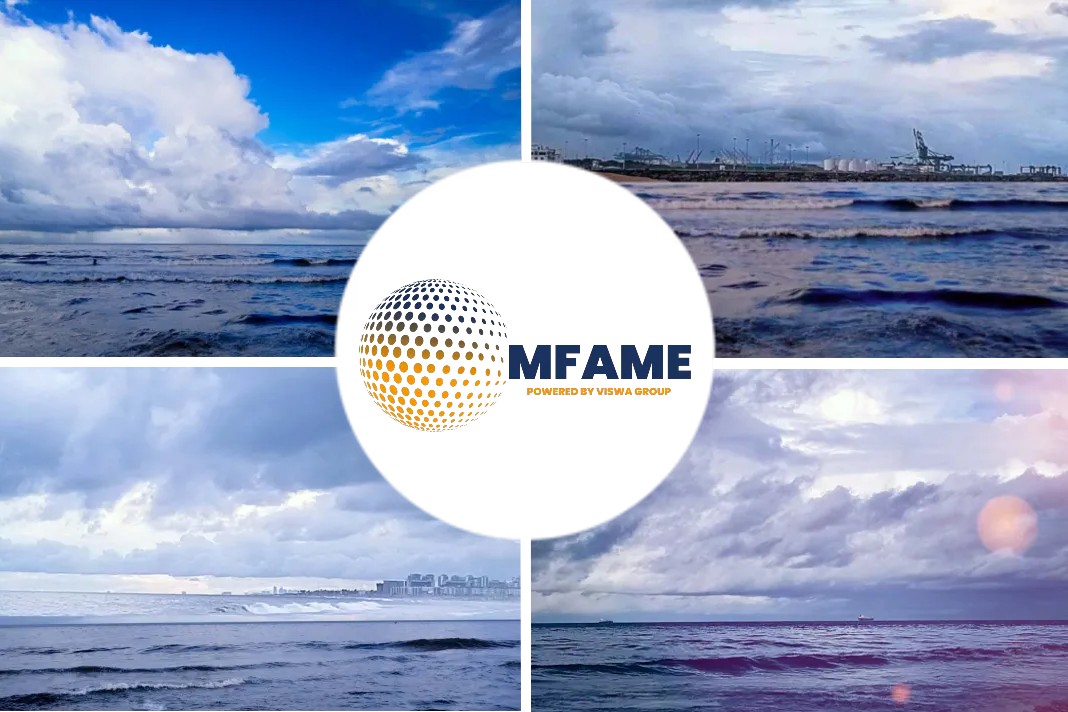A recent news article published in the EMSA talks about Potential of Ammonia as Fuel in Shipping.
Anhydrous ammonia (NH3) fuel
Among the broad spectrum of technologies and fuel solutions ship designers, builders, owners and operators, anhydrous ammonia (NH3) has been identified as a potential long-term fuel that could enter the market relatively quickly and offer a zero, or a near-zero, carbon solution (on a tank-to-wake basis and in some cases on a well-to-wake basis) irrespective of the origin of the fuel.
While there is little recent marine experience with using ammonia as a fuel – and some of the key machinery technologies (such as engines) are under development – extensive land-based experience with the production and use of ammonia for the petrochemical and fertiliser industries forms a sound basis for increasing its use as a marine fuel.
Experience with the carriage of ammonia in liquefied-gas carriers – and the specific requirements for storage, distribution, personal protective equipment (PPE), etc. in the International Code of the Construction and Equipment of Ships Carrying Liquefied Gases in Bulk (IGC Code) – provide some of the statutory requirements to guide its application on ammonia-fuelled ships.
Toxicity challenges and related risks
However, the toxicity challenges and related risks are significant and, while manageable, they will add complexity to ship designs (compared to those for conventional and other low-flashpoint fuels and gases) and will potentially limit the ships for which it is a suitable fuel.
Ammonia ultimately may prove to be a more appropriate solution for deep-sea cargo ships rather than short-sea, passenger or inland waterway craft.
Current production capacity for ammonia
By examining the current production capacity for ammonia, the existing regulatory landscape, fuel storage options, supply and power generation technologies – along with techno-economic analyses and risk-based case studies – this study has identified the key challenges for adopting ammonia as fuel.
It has also identified a number of advantages that ammonia would have over other low-flashpoint fuels or gases, technology and regulatory gaps that would prevent its immediate application, and some incentives that would encourage its adoption.
https://www.emsa.europa.eu/newsroom/latest-news/download/7316/4833/23.html
Did you subscribe to our daily Newsletter?
It’s Free! Click here to Subscribe
Source: EMSA

















